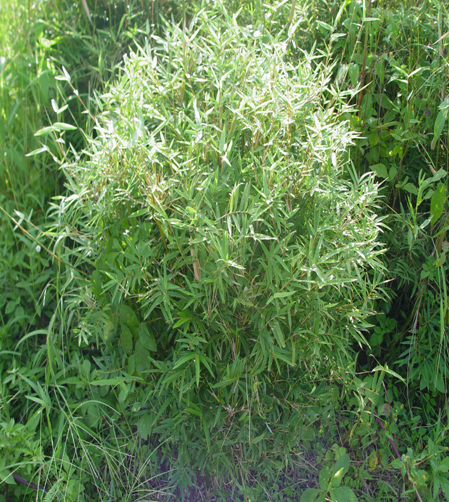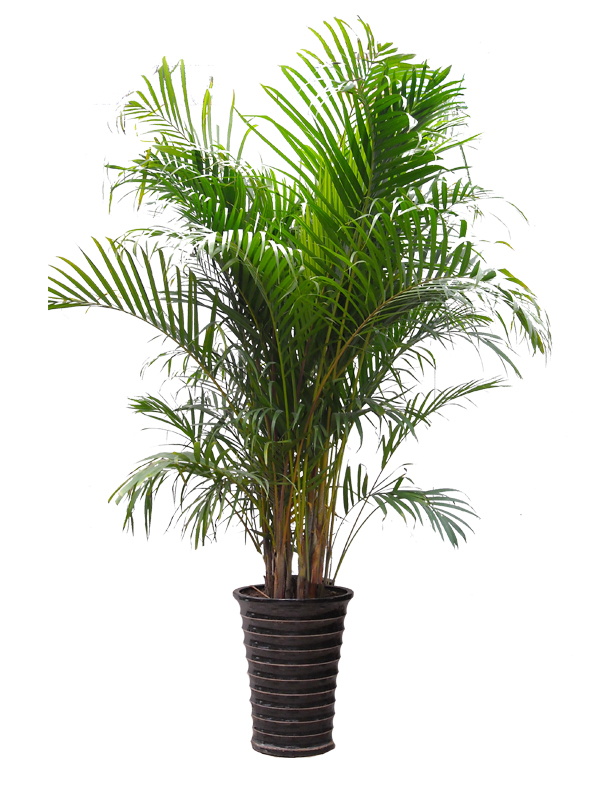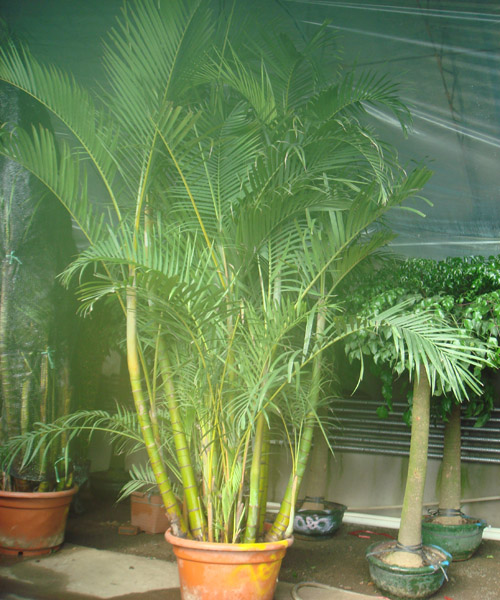[culture methods and matters needing attention of Phyllostachys pubescens] how to raise Phyllostachys pubescens
Phyllostachys pubescens is a kind of plant that likes warm and humid semi-cool environment. It is a kind of plant that is very afraid of strong light because of its poor cold resistance. It is afraid of being fertile and likes soil that is loose and well drained. Therefore, when cultivating Phyllostachys pubescens, we should pay attention to some of its unique habits. Generally speaking, as long as you master the habits of Phyllostachys pubescens, you will know more or less about its culture.

Culture method of Phyllostachys pubescens
Soil:
Phyllostachys pubescens prefers acidic, slightly acidic or neutral soil, and it is suitable to use pH4.5 to 7.0. avoid heavy and alkaline soil. The best soil for the cultivation of Phyllostachys pubescens is loose and fertile sandy loam with good drainage, and farmland soil can be mixed with red-yellow soil, humus soil and fine sand. If Phyllostachys pubescens is planted in common basin soil, the survival rate is low, vermiculite or peat mixed with perlite can be used as matrix, and the survival rate is higher. In order to maintain the graceful posture of the soil is not high, generally loose sandy soil is fine.
Moisture:
Phyllostachys pubescens likes to be wet and afraid of stagnant water. it should be watered thoroughly for the first time after the basin is installed, and the soil in the basin should be kept moist after that. Do not water too much, otherwise it is easy to rot the root. From the basin to the survival stage, we should also often spray water to the leaves. If the basin soil is short of water, the bamboo leaves will curl. At this time, the bamboo leaves will expand again if they should be watered in time. On average, it should be watered once a day in summer and less in winter, but the basin soil should be moist to prevent "dry freezing".

Light temperature:
Like warm, humid and semi-overcast environment, cold resistance is slightly poor, not resistant to strong light exposure, winter should move to a sunny place indoors, keep the winter temperature not lower than 0 degrees. The Phoenix tail bamboo is happy to be in the sunny and cool place, there is a saying that "the sun is luxuriant, it is appropriate to plant a high platform"; in spring, summer and autumn, you only need to put it in the window ventilation place, and put it in the sunny place in winter, you can grow well.
Fertilization:
The fertilizer of Phyllostachys pubescens is mainly organic fertilizer, which can be used in animal manure, garbage fertilizer and river mud after ripening. Organic fertilizer is mainly used as base fertilizer, mixed with basin soil, and the dosage is generally 10% to 15% of the amount of basin soil. During the growth period of Phyllostachys pubescens, liquid fertilizer should be applied every 20 days or so. The fertilizer is mainly organic fertilizer, and liquid fertilizer can use mature thin bean cake water or compound liquid fertilizer. Fertilization should be stopped in winter.
Matters needing attention in Phyllostachys pubescens culture
1. Phyllostachys pubescens is an evergreen tufted shrub. Like warm, humid and semi-overcast environment. Poor cold resistance, not resistant to strong light exposure, afraid of waterlogging, suitable for fertile, loose and well-drained loam. The temperature in winter is not lower than 0 degrees.

two。 Like light, slightly resistant to shade, like warm and humid climate. Like damp and warm, but also like semi-ventilated and semi-overcast. You should move to a sunny place indoors in winter. Phoenix-tailed bamboo likes the sunny and cool place, there is a saying that "Xiangyang is luxuriant, it is appropriate to grow high platform", but it can also be shade-resistant and can be used as an ideal decoration for indoor leaf appreciation. Spring, summer and autumn only need to be placed in the window ventilation place, winter placed in the sunny place, you can grow well. Phyllostachys pubescens planted in the ground will grow new leaves after spring (this is a reflection of fear of the cold). In warm areas, it will be evergreen all the year round.
3. Phyllostachys pubescens prefers acidic, slightly acidic or neutral soil, and it is suitable to use pH4.5 to 7.0. avoid heavy and alkaline soil. The soil in the north is alkaline, and 0.2% ferrous sulfate can be added. The best soil is loose and fertile sandy loam with good drainage, and farmland soil can be mixed with red-yellow soil, humus soil and fine sand. If Phyllostachys pubescens is planted in common basin soil, the survival rate is low, vermiculite or peat mixed with perlite can be used as matrix, and the survival rate is higher. In order to maintain the graceful posture of the soil is not high, generally loose sandy soil is fine.

4. Phyllostachys pubescens likes to be wet and afraid of stagnant water. it should be watered thoroughly for the first time after the basin is installed, and the soil in the basin should be kept moist after that. Do not water too much, otherwise it is easy to rot the root. From the basin to the survival stage, we should also often spray water to the leaves. If the basin soil is short of water, the bamboo leaves will curl. At this time, the bamboo leaves will expand again if they should be watered in time. On average, it should be watered once a day in summer and less in winter, but the basin soil should be moist to prevent "dry freezing".
5. The fertilizer of Phyllostachys pubescens is mainly organic fertilizer, which can be used in animal manure, garbage fertilizer and river mud after ripening. Organic fertilizer is mainly used as base fertilizer, mixed with basin soil, and the dosage is generally 10% to 15% of the amount of basin soil. During the growing period of Phyllostachys pubescens, dilute nitrogen fertilizer should be applied 1-2 times a month.
- Prev

The culture method of goose palm wood matters needing attention in the culture of goose palm wood
The culture method of goose palm wood matters needing attention in the culture of goose palm wood
- Next

[culture methods and points for attention of rubber trees] how to raise rubber trees
[culture methods and points for attention of rubber trees] how to raise rubber trees
Related
- Wuhan Hospital Iron Tree Blooming Result Was Instantly Frightened by the Gardener Master
- Which variety of camellia is the most fragrant and best? Which one do you like best?
- What is the small blue coat, the breeding methods and matters needing attention of the succulent plant
- Dormancy time and maintenance management of succulent plants during dormancy
- Minas succulent how to raise, Minas succulent plant pictures
- What are the varieties of winter succulent plants
- How to raise succulent plants in twelve rolls? let's take a look at some experience of breeding twelve rolls.
- Attention should be paid to water control for succulent plants during dormant period (winter and summer)
- Watering experience of twelve rolls of succulent plants
- Techniques for fertilizing succulent plants. An article will let you know how to fertilize succulent plants.

